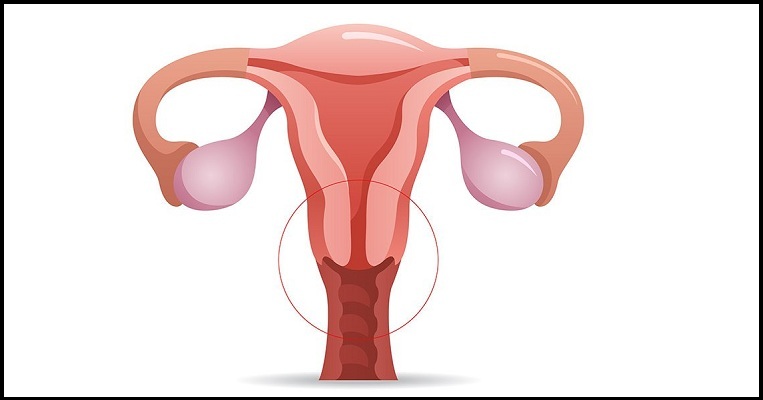
Oophorectomy (ovary removal surgery)
- Description
- Faq's
An oophorectomy (oh-of-uh-REK-tuh-me) is a surgical procedure to remove one or both of your ovaries. Your ovaries are almond-shaped organs that sit on each side of the uterus in your pelvis. Your ovaries contain eggs and produce hormones that control your menstrual cycle.
When an oophorectomy involves removing both ovaries, it's called bilateral oophorectomy. When the surgery involves removing only one ovary, it's called unilateral oophorectomy.Why it's done :
An oophorectomy may be performed for:- A tubo-ovarian abscess — a pus-filled pocket involving a fallopian tube and an ovary
- Ovarian cancer
- Endometriosis
- Noncancerous (benign) ovarian tumors or cysts
- Reducing the risk of ovarian cancer or breast cancer in those at increased risk
- Ovarian torsion — the twisting of an ovary
An oophorectomy can be done alone, but it is often done as part of a more-complete surgery to remove the uterus (hysterectomy) in women who have undergone menopause.
In those with an increased risk of ovarian cancer, an oophorectomy is commonly combined with surgery to remove the nearby fallopian tubes (salpingectomy) since they share a common blood supply with the ovaries. When combined, the procedure is called a salpingo-oophorectomy.